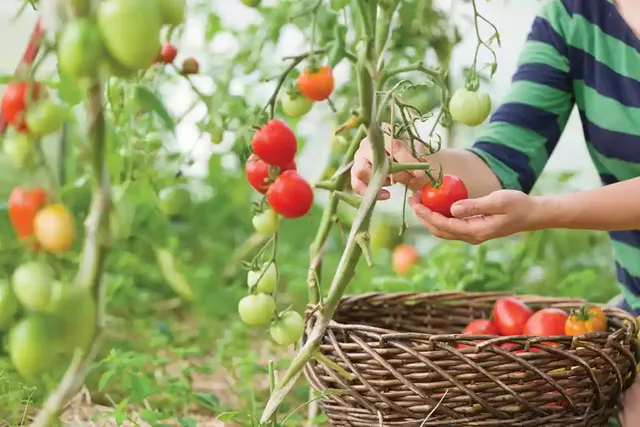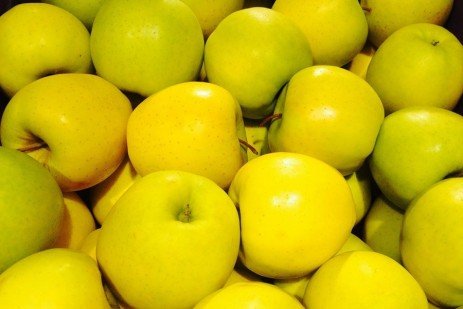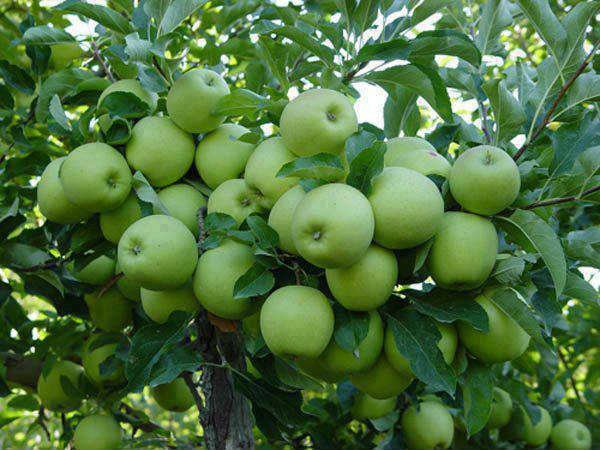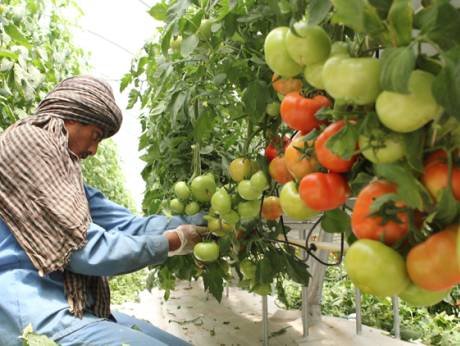#steemchurch : Apple cultivation and health benefits
INTRODUCTION

The apple is the oldest and most important commercial fruit and is the fourth most popular fruit in the world after oranges, bananas and grapes. China is the largest apple producer in the world. In India, it is grown mainly in Kashmir, in the hills of Uttar Pradesh, Himachal Pradesh. Apple cultivation has also spread to Nagaland, Sikkim, Arunachal Pradesh and Meghalaya. Apples are mainly eaten as fresh fruit, but a small part of the production is processed into jellies, juices, canned slices and sweets.

The Health Benefits
The 4 Best Health Benefits of Taking the Apple Every Day.
Apples help brain health.
Apples reduce the risk of strokes or heart disease.
Eating apples can lower the risk of Type 2 diabetes.
Apples have a number of properties that can help reduce the risk of cancer.
For the apple to grow the climate needs
The apple can be cultivated at altitudes of 1500 to 2700 m. above sea level, in the Himalayas, which cools or cools between 1000 and 1500 hours (number of hours in which the temperature stays below or equal to 70 ° C in winter). The temperature during the block period of growth should be uniform throughout 100 to 125 cm of the annual rainfall needed for better growth and better fruit apple trees is about 21 to 24 ° C the season. Year Too much rain and fog near the time of the episode of fruit ripening in poor fruit quality with insufficient development of the fruit color and fungal spots on the surface of the fruit. Apple harvesting is not appropriate when high wind speeds are expected.
Soil requirements for the cultivation of apples: - The cultivation of apples is suitable for clay-rich soils with a pH between 5.5 and 6.5. The soil should not have a water cut and the soil with good drainage is ideal for apple growing.
Propagation in the apple harvest
The commercial spread of the apple is done by grafting and grafting the tongue. Seedlings needed for the cultivation of apples may only be purchased in approved nurseries maintained during transport.
What's the best time for Apple Plantation? - The apple is usually planted in January and February.
Plant and room in the apple harvest: - The average number of plants in an area of one hectare. it can range from 200 to 1250. Namely, four different categories of plant health are implemented. low (less than 300 units per hectare), medium (300 to 500 apple trees per hectare), high (500 to 1300 feet per hectare) and high density (more than 1300 plants per hectare). The combination of stem and rootstock species determines the area of the apple plant and the area of unit density of the plant.
Cultivation method in apple cultivation
In the valleys, the hexagonal (o) planting system follows, while on slopes, the bypass method is generally followed. For the correct establishment of apples, it is necessary to plant apples with pollinators in the main species. For the establishment of the Royal Delicious variety, the Ministry of Horticulture recommends the planting of Golden Delicious and Red Delicious as pollinators. Excavations of the size 1 mx 1 mx 1 m are prepared from October to November. Add to each well 30 kg to 40 kg of agricultural fertilizer (FYM), 500 g of single superphosphate and 50 g of malathion powder after mixing. Follow a watering immediately after planting.
Fertilization and fertilization in apple cultivation
The manure (FMY) is applied with 10 kg per year of the tree with other fertilizers. The proportion of K, P and N in an optimal orchard is 70:35:70 grams per year (tree age). After 10 years of tree the dose should be stabilized at 700: 350: 700 grams K, P and N per year. The standard dose of K, P and N fertilizer in a "dead" year (when the harvest is low) is 400 grams. 250 grams or 500 grams. For the lack of boron, zinc, manganese and calcium, use the appropriate fertilizer.

Intercultural operations and weed control in apple cultivation
Application of glyphosate at 800 ml / ha or postemergent gammaxone / paraquat herbicide (0.5%) will destroy the growth of the bad
Cover with mulch on the apple harvest
The use of oak leaves or dry grass has proven to be effective in maintaining soil moisture.
Pests and diseases in apple growing
The main pests are aphid apple (Eriosoma lanigerum), San Jose flake (Quadraspidiotus perniciosus) (thrips rhopalantennalis), white flakes (Pseudoulacaspis sp.). It has been found that durable coatings and spraying with fenitrothion, chlorpyrifos, carbaryl, etc., are more effective for plant pests in apple orchards.
The major diseases in growing apples include apple scab (Venturia inaequalis), cervical fracture (Phytophthora cactorum), crown gall (Agrobacterium tumefaciens), Sclerotius fever (Sclerotium rolfsii), cancers that cause the death of disease, etc. Disease-resistant apple trees should be used for cultivation and infected parts of the plant should be destroyed. Use carbendazim, copper oxychloride, mancozeb and other fungicides to control the disease.
Disorders agriculture potato plants apple, three drops of different fruits, i) early autumn of the resulting flowers is not fertilized or not laminated ii) Due to water stress and competition in fruit June there will be an autumn iii) fall before harvest. This drop can be controlled by spraying NAA at 10 ppm. (1 ml of Planofix dissolved in 4.5 liters of water) about a week before the expected fall of the fruit.
Harvest apples

The apple tree starts in eighth grade. and from the eighth to the seventeenth year, the productivity of apples continues to increase and production remains constant for up to 30 years. The productivity level of the apple varies from height to height. The life of the apple tree can last up to 40 years, depending on the weather. Apple fruits are usually harvested before they are fully ripe.
Give the apples
The average yield apple in Jammu and Kashmir and Himachal Pradesh, which is on the order of 11 to 13 tons / ha. In the state of Uttaranchal, it is reported that the yield is very low, from 5 to 6 tons / hectare.
Post Harvest Management Activities in Apple Growing
Pre-cooling apples: Apples are stored in a cool, ventilated place to remove heat from the field before packaging. The surface of apples must be free from moisture before they are leveled, packaged and packed in cartons.
Classification of apples
The classification of apples depends on the size of the fruits and the appearance or quality of the fruits. These qualifications are known as A, B, C, A, AA, AAA or Fantasy Class I and Class II Fantasy, added luxury
Memory blocks
Apple fruits have a long shelf life compared to other fruits and can be stored for a period of 4 to 8 months after harvest. The fruits can be kept cold at a temperature of about 10.01 to 00 ° C and 85-90% relative humidity.

Apple packaging: Apples are usually packed in wooden crates that can hold about 10 kg or 20 kg of fruit.
Transport and marketing of apples
The apples can be brought to the local market or the apples can also be sold to the local representatives of the commission.
Go here https://steemit.com/@a-a-a to get your post resteemed to over 72,000 followers.